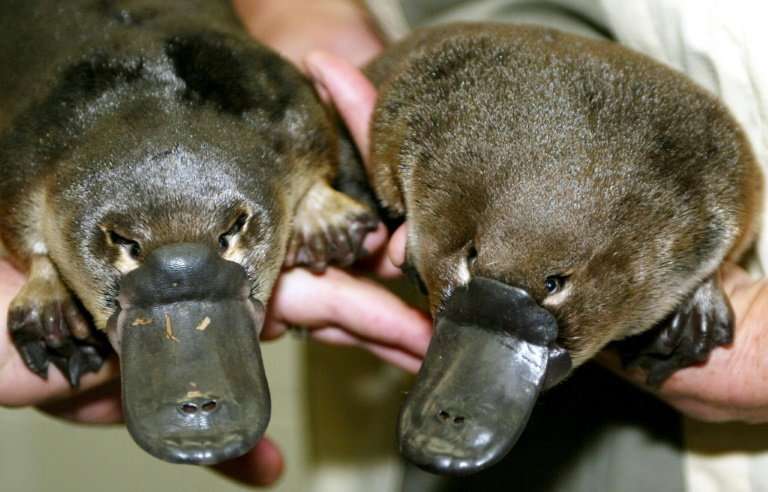These platypus twin puggles were born in captivity in 2003
Australia's unique platypus population is shrinking under pressure from agriculture and pollution, putting the egg-laying mammals' future in doubt, researchers said in a report published Thursday.
A three-year survey of the duck-billed animal suggested its numbers had fallen by 30 percent, to around 200,000, since Europeans settled the continent two centuries ago.
"We have great concerns about the future survival of this unique species," said Richard Kingsford, director of the University of New South Wales Centre for Ecosystem Science.
Threats endangering the platypus in its eastern Australian habitats include increased land-clearing for agriculture, pollution, dam building and fishing nets, Kingsford said in a statement.
Kingsford and his team called on authorities to elevate the protected status of the platypus from near-threatened to vulnerable.
They said that while population numbers varied in different regions of eastern Australia, platypuses had already disappeared from some areas.
"We cannot afford as a world, let alone Australia, to let his animal go extinct and we know that it's gone extinct in some areas already," Kingsford told the national broadcaster ABC.
The semi-aquatic platypus, which along with four species of echidna are the only mammals that lay eggs, is one of the world's strangest animals, with the bill of a duck, tail of a beaver, otter-like feet and a venomous spur on its hind leg.
© 2018 AFP
























